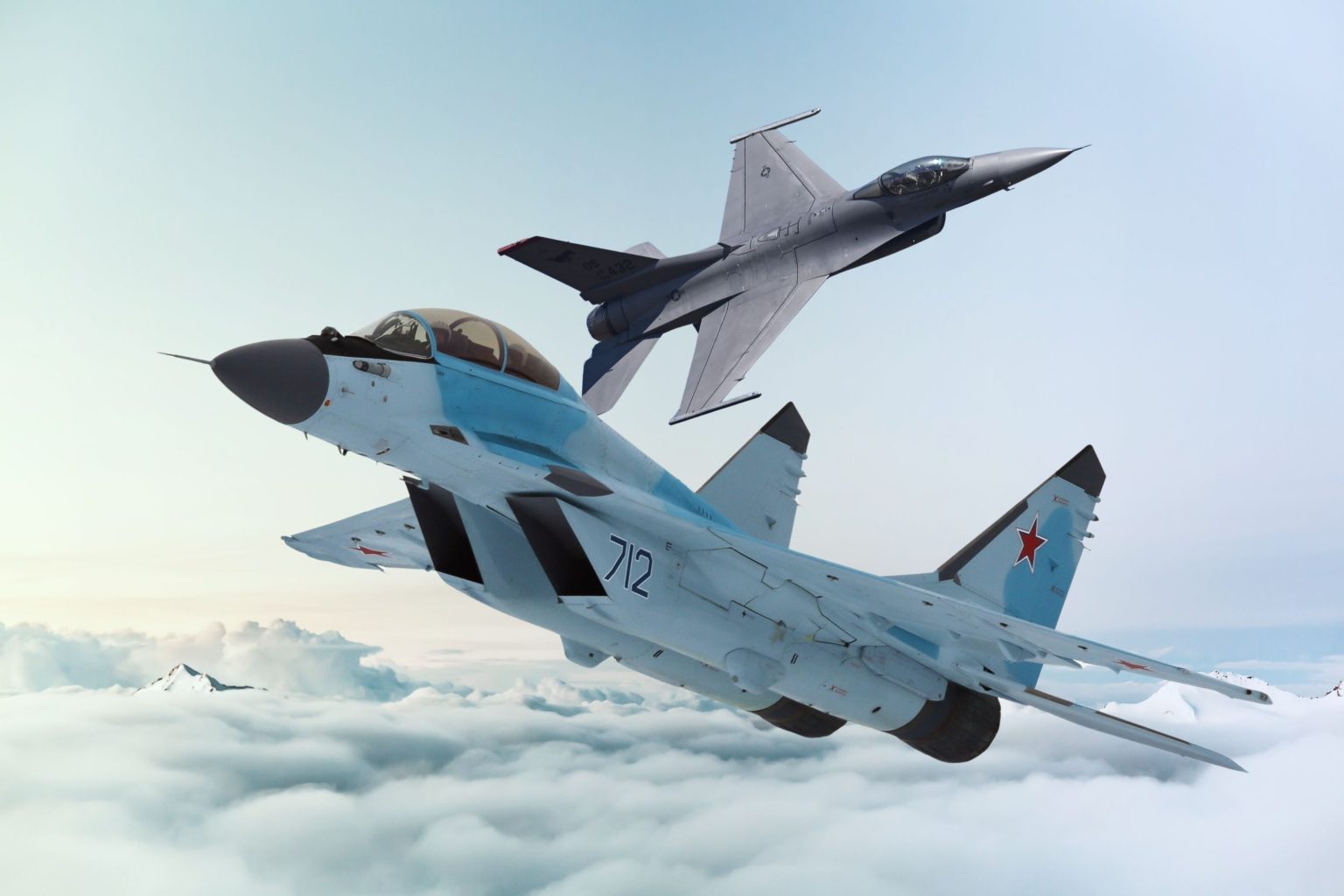Ukraine is eagerly awaiting the arrival of F-16 Fighting Falcon fighter jets from NATO allies Denmark, the Netherlands, and Belgium to counter Russia’s air advantage after years of conflict. President Zelensky has secured the jets to strengthen Kyiv’s capabilities, with pilots already undergoing training on the versatile and maneuverable aircraft. Ukraine aims to acquire up to 130 F-16s to achieve parity with Moscow, which currently operates the modernized MiG-35 in the region. However, concerns have been raised about the MiG-35, with reports of technical issues affecting its performance.
The MiG-35, developed by Mikoyan, is an evolution of the MiG-29 fighters and is marketed as a 4++ generation jet with advanced avionics and reduced radar cross-section. Designed for air superiority and multi-role missions, the MiG-35 boasts a top speed of Mach 2.25 and a range of 2,000 kilometers, equipped with advanced radar and fly-by-wire controls. In contrast, the F-16 Fighting Falcon, produced by General Dynamics and now Lockheed Martin, has been in service since 1974 and has undergone numerous upgrades to incorporate advanced avionics, radar, and weapons systems. The F-16 is known for its versatility and has been used by over 25 countries for various combat roles.
In terms of performance, the MiG-35 has a top speed of Mach 2 and a combat radius of 550 kilometers, powered by two Klimov RD-33MK engines for agility and maneuverability. It features an AESA radar for enhanced target detection and tracking capabilities. On the other hand, the F-16 has a top speed of Mach 2 and a combat radius of 550 kilometers, with a single Pratt & Whitney or General Electric engine providing reliable performance and agility. The F-16’s SABR AESA radar offers superior situational awareness and target tracking capabilities.
Both the MiG-35 and F-16 are armed with a range of weaponry, including missiles, bombs, and cannons, with the ability to carry significant external ordnance. The MiG-35 features a 30mm cannon and advanced targeting pods and electronic warfare suites, while the F-16 is equipped with AIM-120 and AIM-9 missiles, JDAM, and precision-guided bombs, along with a 20mm cannon and advanced targeting pods like the Sniper XR. Additionally, both aircraft have state-of-the-art avionics systems, including HMDS, glass cockpits, and advanced radar systems for tracking multiple targets simultaneously.
While the MiG-35 has not seen extensive combat use, it has been actively marketed to international customers as an affordable yet advanced fighter option. In contrast, the F-16 has a rich combat history, having been deployed in various conflicts worldwide, showcasing its reliability and adaptability. With the arrival of the F-16s in Ukraine, the country hopes to strengthen its air defense capabilities and level the playing field against Russia’s MiG-35s, ultimately contributing to the ongoing efforts to resolve the conflict in the region. Newsweek continues to explore unconventional perspectives and connections in the pursuit of common ground.


